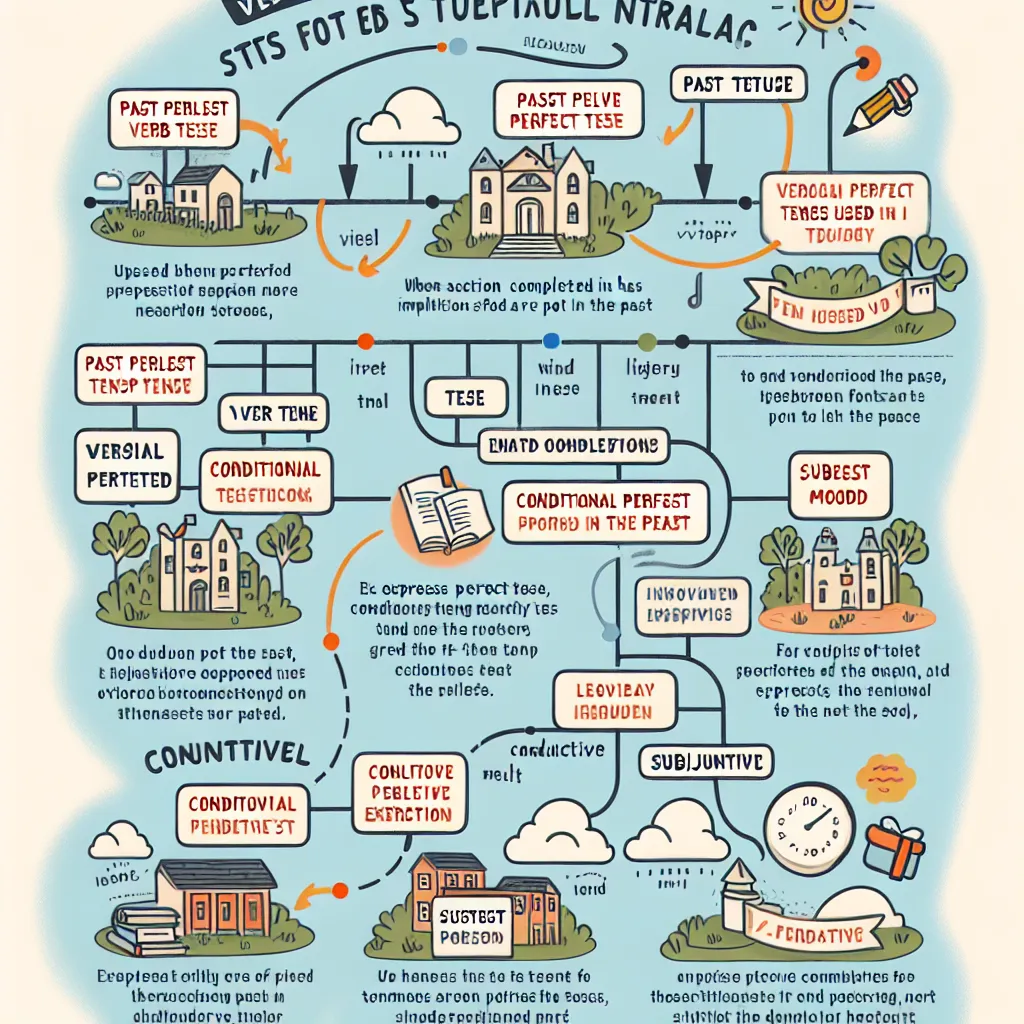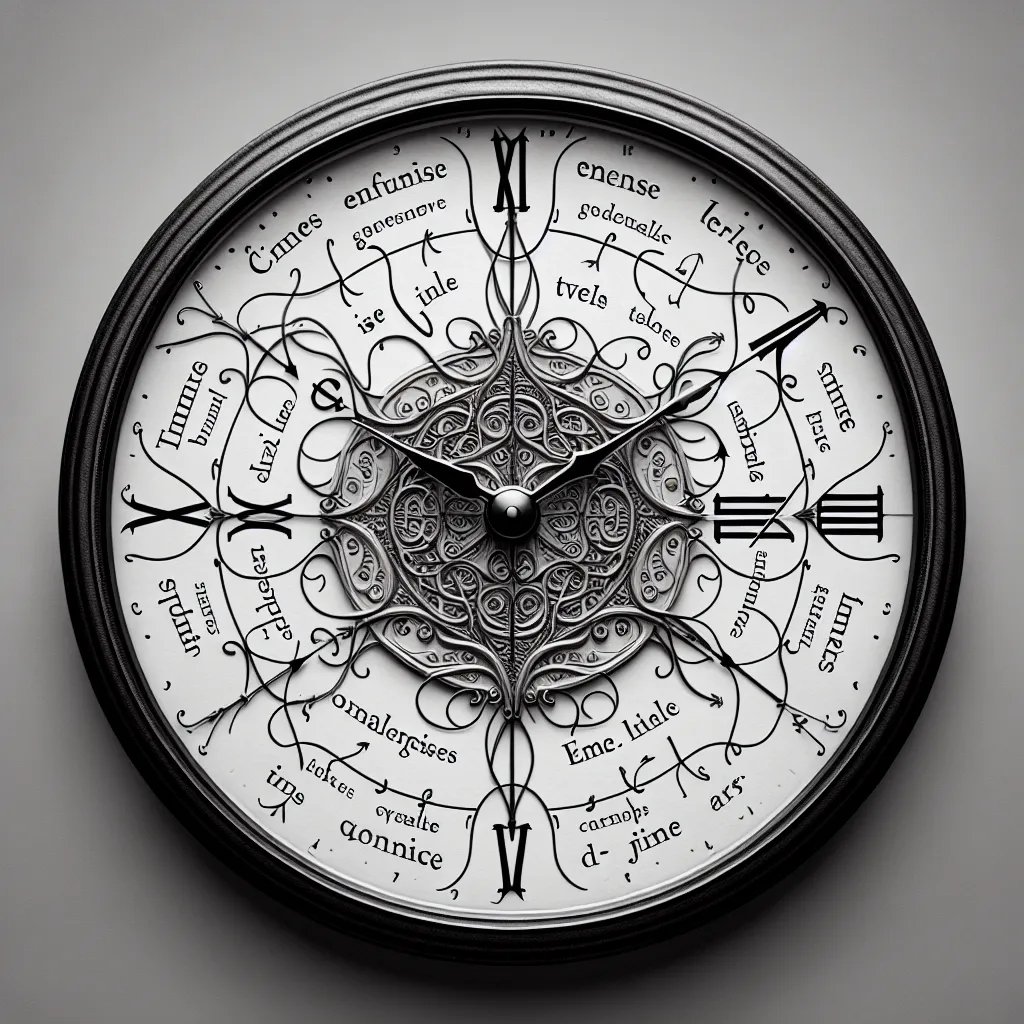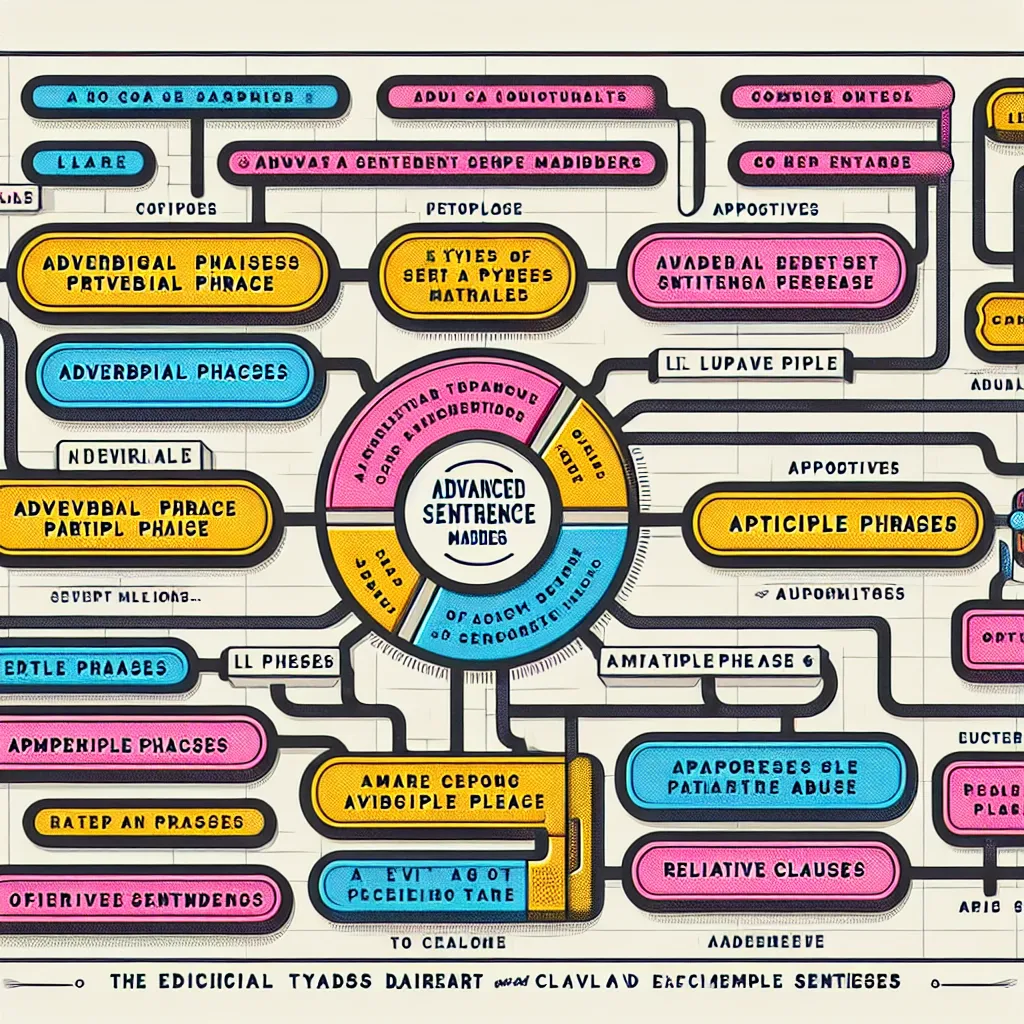Creative writing is an art form that requires a deep understanding of language and its nuances. To truly excel in this craft, writers must master advanced grammar techniques that can elevate their prose and captivate readers. In this comprehensive guide, we’ll explore the intricacies of Advanced Grammar For Creative Writing, providing you with the tools to enhance your storytelling abilities.
The Importance of Advanced Grammar in Creative Writing
Advanced grammar is the foundation upon which compelling narratives are built. It allows writers to craft intricate sentences, convey complex emotions, and create vivid imagery that resonates with readers. By mastering these techniques, you can:
- Develop a unique writing voice
- Enhance the flow and rhythm of your prose
- Create more engaging and immersive stories
- Convey subtle nuances and emotions effectively
 Advanced Grammar in Creative Writing
Advanced Grammar in Creative Writing
Key Elements of Advanced Grammar for Creative Writing
-
Sentence Structure Variation
- Utilize a mix of simple, compound, and complex sentences
- Experiment with sentence length to create rhythm and emphasis
- Employ periodic sentences for dramatic effect
-
Sophisticated Punctuation
- Master the use of semicolons, colons, and em dashes
- Understand when to use parentheses for asides
- Employ ellipses to create suspense or trailing thoughts
-
Advanced Verb Tenses
- Incorporate perfect and progressive tenses for nuanced timing
- Use subjunctive mood for hypothetical situations
- Explore the narrative potential of tense shifts
-
Rhetorical Devices
- Employ anaphora, epistrophe, and parallelism for emphasis
- Use chiasmus for memorable phrases
- Integrate alliteration and assonance for poetic effect
-
Subordination and Coordination
- Create complex ideas through skillful use of dependent clauses
- Balance ideas with coordinating conjunctions
- Use correlative conjunctions for sophisticated comparisons
Practical Applications of Advanced Grammar in Creative Writing
Let’s explore how these advanced grammar techniques can be applied to enhance your creative writing:
1. Creating Atmosphere Through Sentence Structure
Consider this example of how varying sentence structure can set the mood:
“The night was still. Shadows crept along the walls, elongating with each passing moment. In the distance, a dog howled—a long, mournful sound that echoed through the empty streets and sent shivers down the spines of those who heard it.”
Here, we start with a short, simple sentence to establish the setting. The second sentence is longer and more descriptive, using a participle phrase to add movement. The final sentence is complex, incorporating multiple clauses and vivid description to build tension.
2. Using Punctuation for Pacing and Emphasis
Observe how different punctuation marks can alter the rhythm and emphasis of prose:
“She hesitated; the door loomed before her—an ominous portal to the unknown. Would she enter? (The consequences, she knew, could be dire.) But curiosity… it was a powerful force.”
The semicolon creates a pause, linking two related thoughts. The em dash dramatically introduces the description of the door. Parentheses enclose an aside, adding depth to the character’s thoughts. The ellipsis builds suspense, leading into the final statement.
3. Employing Advanced Verb Tenses for Temporal Complexity
Advanced verb tenses can add layers of meaning to your narrative:
“By the time she arrived, the party had been in full swing for hours. She would have been dancing too, if only she had known about the invitation earlier. Now, she stood awkwardly, wishing she were somewhere else.”
The past perfect (“had been”) establishes an event that occurred before the main narrative. The conditional perfect (“would have been”) expresses a hypothetical past situation. The subjunctive mood (“wishing she were”) conveys a contrary-to-fact desire.
 Verb Tenses in Creative Writing
Verb Tenses in Creative Writing
4. Crafting Memorable Phrases with Rhetorical Devices
Rhetorical devices can make your writing more impactful and memorable:
“In times of joy, she sang; in times of sorrow, she sang. Her voice was her constant companion, her solace in solitude, her celebration in company.”
This passage uses anaphora (“in times of”) and chiasmus (“her solace in solitude, her celebration in company”) to create a lyrical quality that emphasizes the importance of singing to the character.
5. Balancing Complex Ideas with Subordination and Coordination
Skillful use of subordination and coordination allows for the expression of complex relationships between ideas:
“Although she had always dreamed of becoming a writer, she found herself drawn to the world of science, where logic reigned supreme and creativity seemed, at first glance, to take a back seat. Yet, as she delved deeper into her studies, she discovered that not only were the two fields not mutually exclusive, but they also complemented each other in ways she had never imagined.”
This sentence uses subordination to contrast the character’s initial aspirations with her current path, while coordination links the seemingly disparate fields of writing and science.
Tips for Mastering Advanced Grammar in Creative Writing
-
Read Extensively: Expose yourself to a variety of writing styles and genres to internalize advanced grammar structures.
-
Practice Deliberately: Focus on incorporating specific grammar techniques into your writing exercises.
-
Analyze Great Works: Study how renowned authors use grammar to enhance their storytelling.
-
Edit Ruthlessly: Review your work with a critical eye, paying special attention to grammar and sentence structure.
-
Seek Feedback: Share your writing with peers or join a writing group to get constructive criticism on your use of grammar.
-
Use Grammar Resources: Consult style guides and grammar references to deepen your understanding of complex rules.
-
Experiment Fearlessly: Don’t be afraid to push the boundaries of conventional grammar to develop your unique style.
For more insights on enhancing your writing skills, check out our tips for enhancing English writing fluency and how to improve English writing by analyzing texts.
Common Pitfalls to Avoid
While mastering advanced grammar, be wary of these common mistakes:
- Overusing complex structures, which can lead to purple prose
- Inconsistent tense usage throughout a narrative
- Misplacing modifiers, which can create unintended humor or confusion
- Relying too heavily on passive voice, which can weaken your writing
- Neglecting clarity in pursuit of sophistication
Next Steps for Aspiring Writers
To continue honing your advanced grammar skills for creative writing:
- Create a grammar journal to track new techniques you learn and examples of their effective use.
- Set weekly writing challenges that focus on specific advanced grammar elements.
- Join online writing communities to share your work and receive feedback on your grammar usage.
- Consider taking an advanced creative writing course that emphasizes grammar and style.
- Experiment with writing short stories to practice applying advanced grammar in concise narratives.
By dedicating time to mastering these advanced grammar techniques, you’ll be well on your way to crafting more sophisticated, engaging, and impactful creative writing. Remember, the goal is not just to follow rules, but to use grammar as a tool to enhance your storytelling and develop your unique voice as a writer.
We encourage you to share your experiences with advanced grammar in the comments below. How has improving your grammar skills affected your creative writing? What challenges have you faced, and what techniques have you found most useful? Your insights could be invaluable to fellow writers on their journey to mastery.




